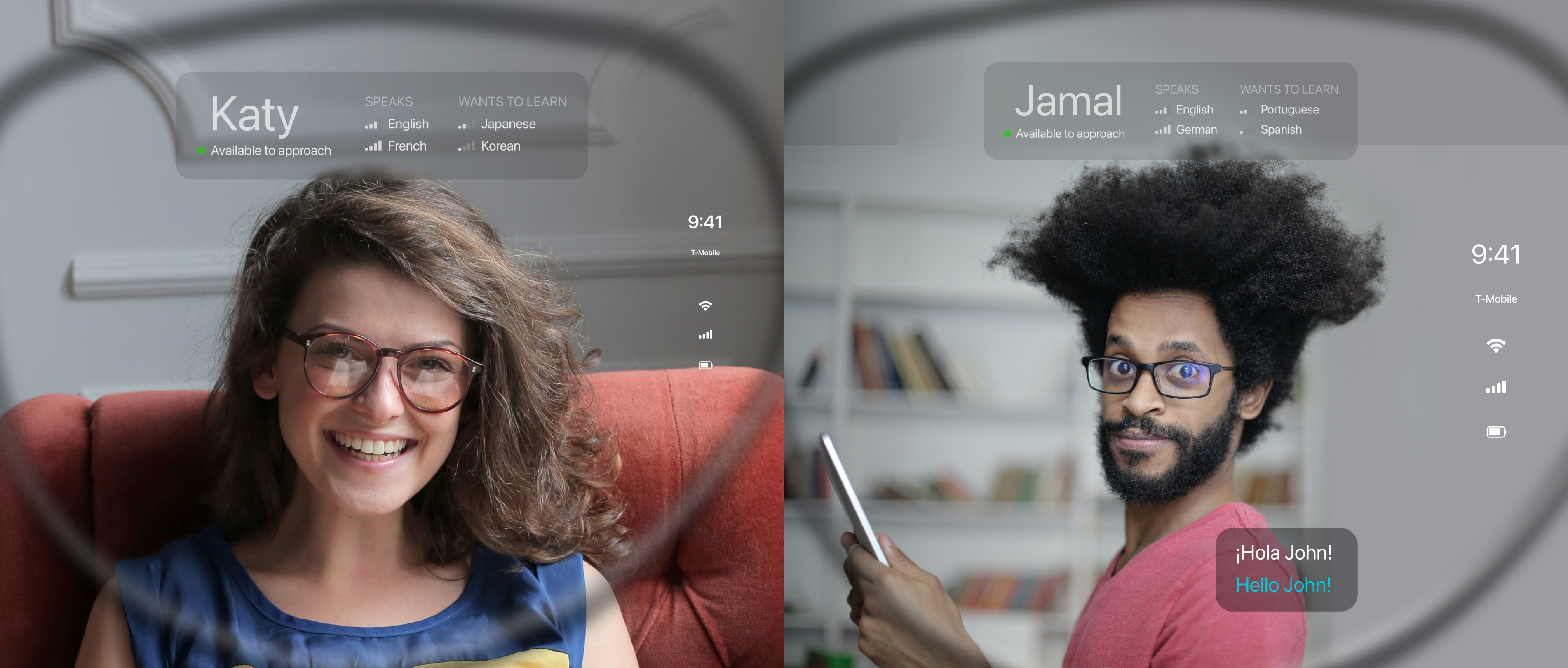
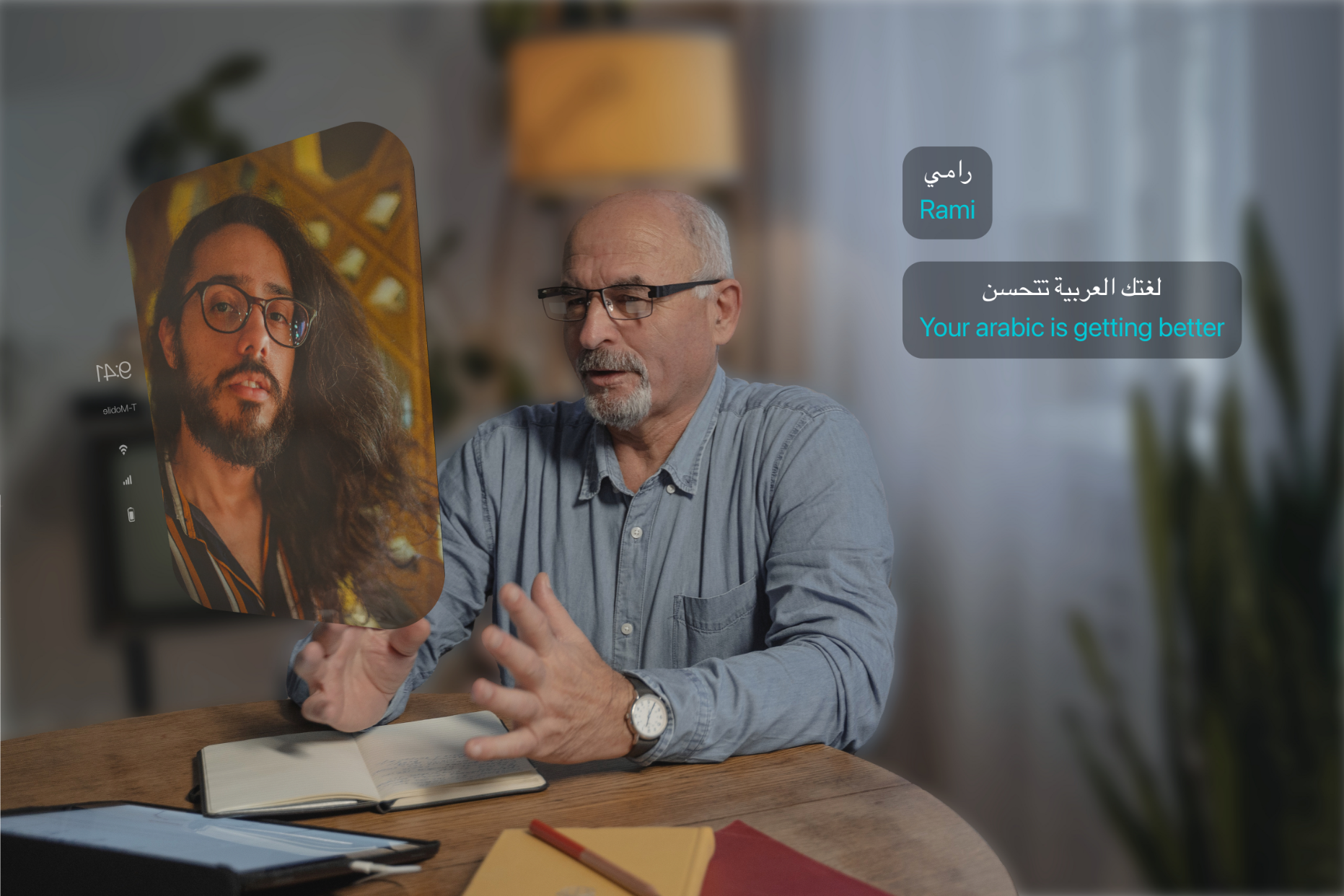
A.I. Language learning app, onboarding
Case #1


Project details
Role
Lead designer and founder
Design goal
Create a clear and intuitive onboarding experience
Context
Language learners want to learn about specific topics
Business impact
Increase paid conversion rate and retain users

Problem
Language learners become disengaged when the language learning lessons and the chats
with other learners are not focused on the topics they care about.
Original state
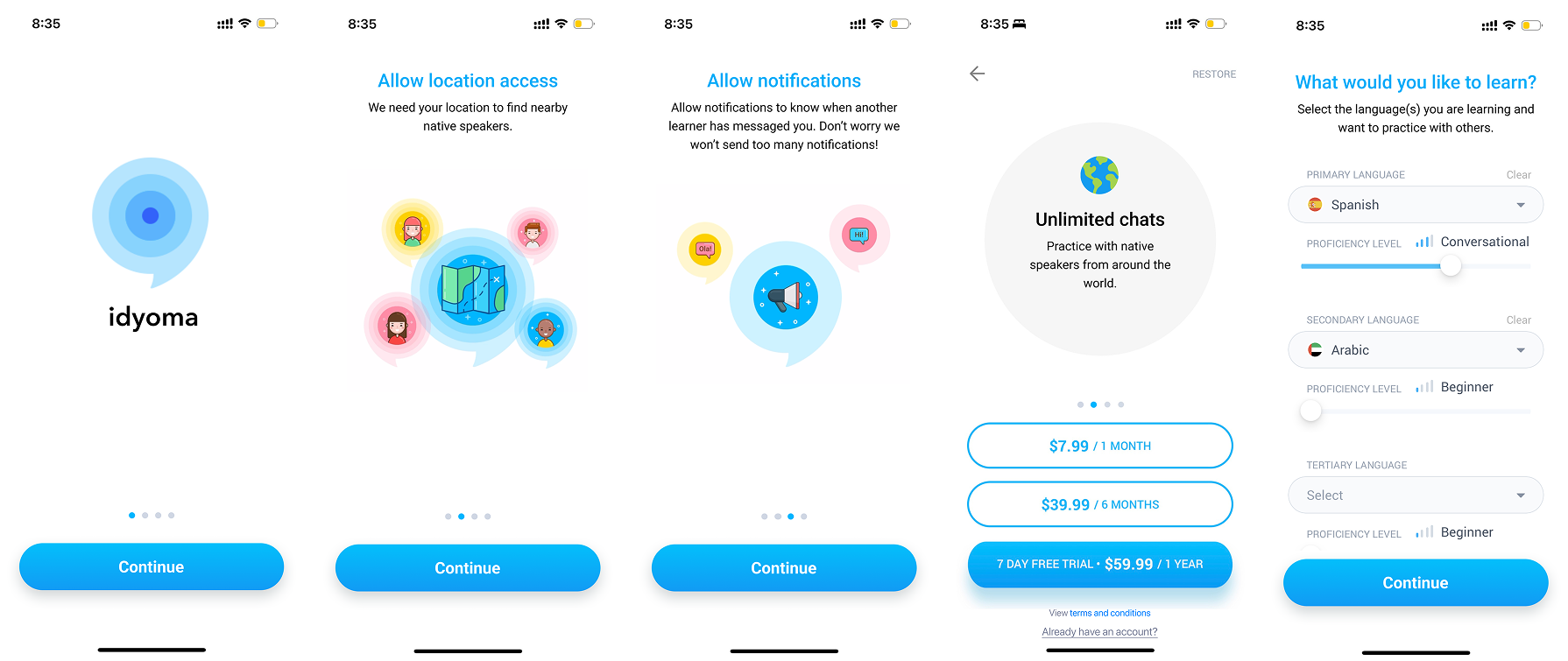
Average engagement time per active session
3m 37s
Conversion rate to paid user
4%
New design

Average engagement time per active session
4 minutes 34 seconds
+30%Conversion rate to paid user
8%
+100%
Solution
Users can enter their language learning goals, select the topics they are interested in before
entering the app. This allows the customer to be more exposed to more of the apps
functionality and some of the outcomes they should expect. As a result we saw conversion
rates double and engagemenet grow by 30%.
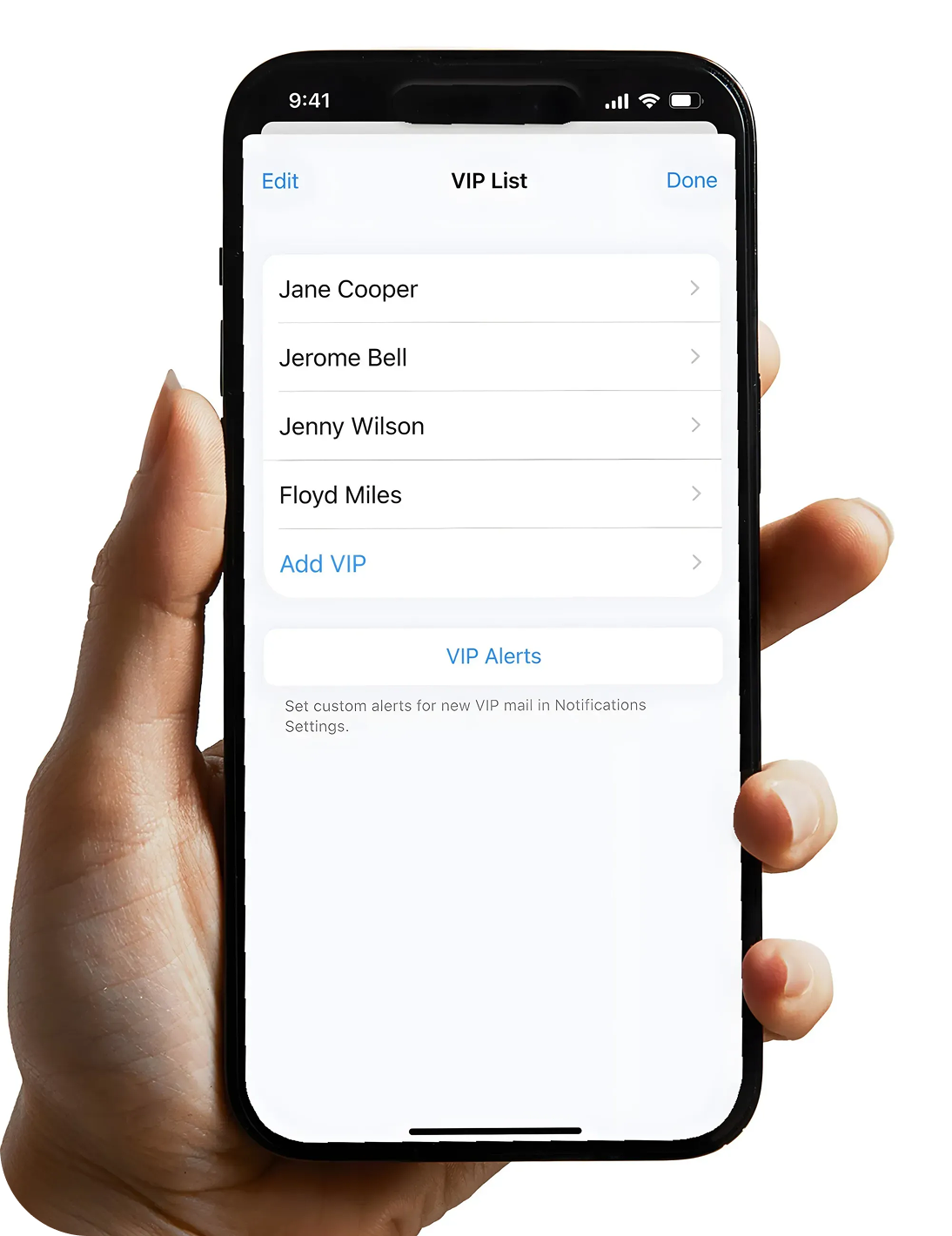
Step #2: Structured chats

Step #1: Onboarding

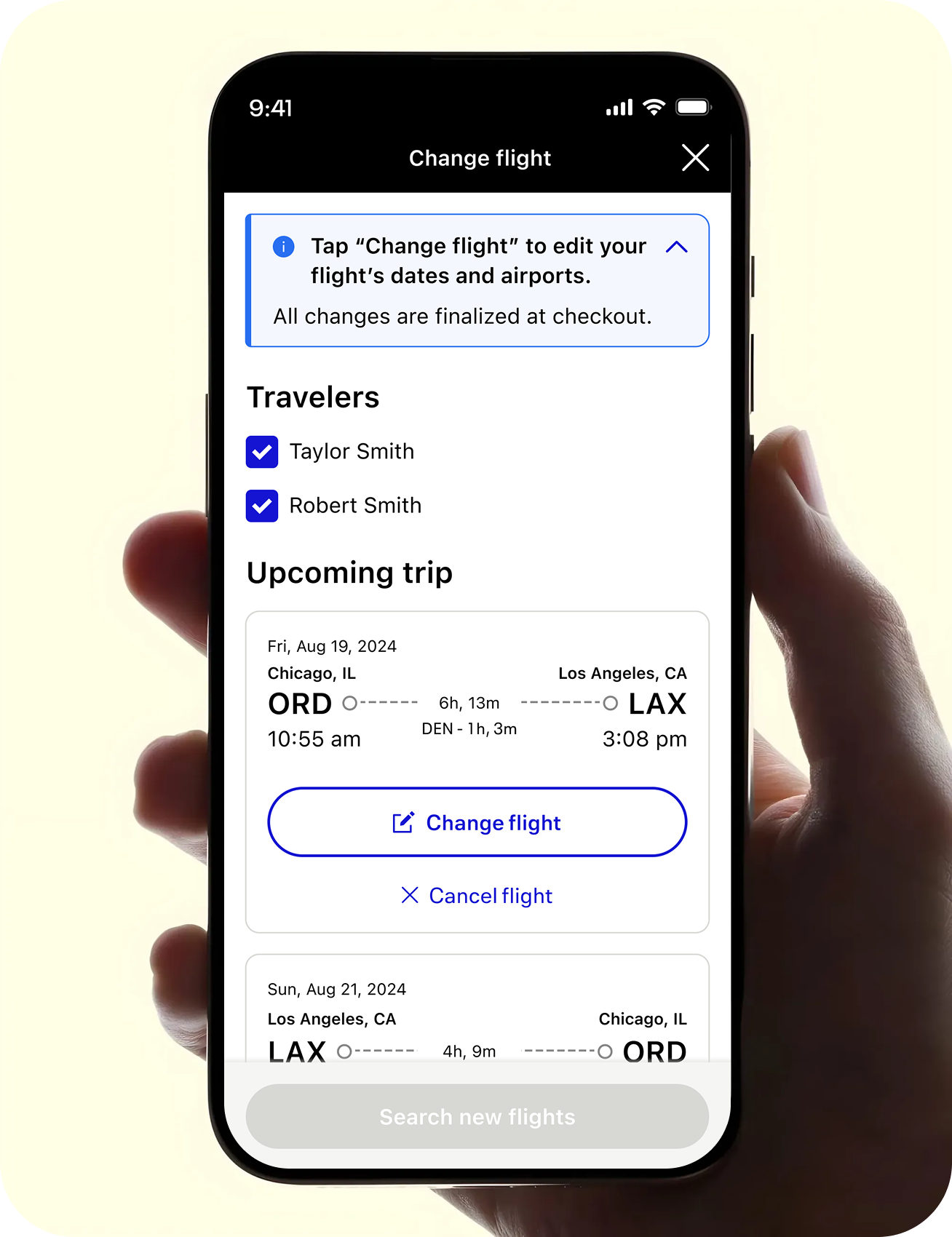
AR & VR concepts
Concepts


Hola, ¿cómo estás?


